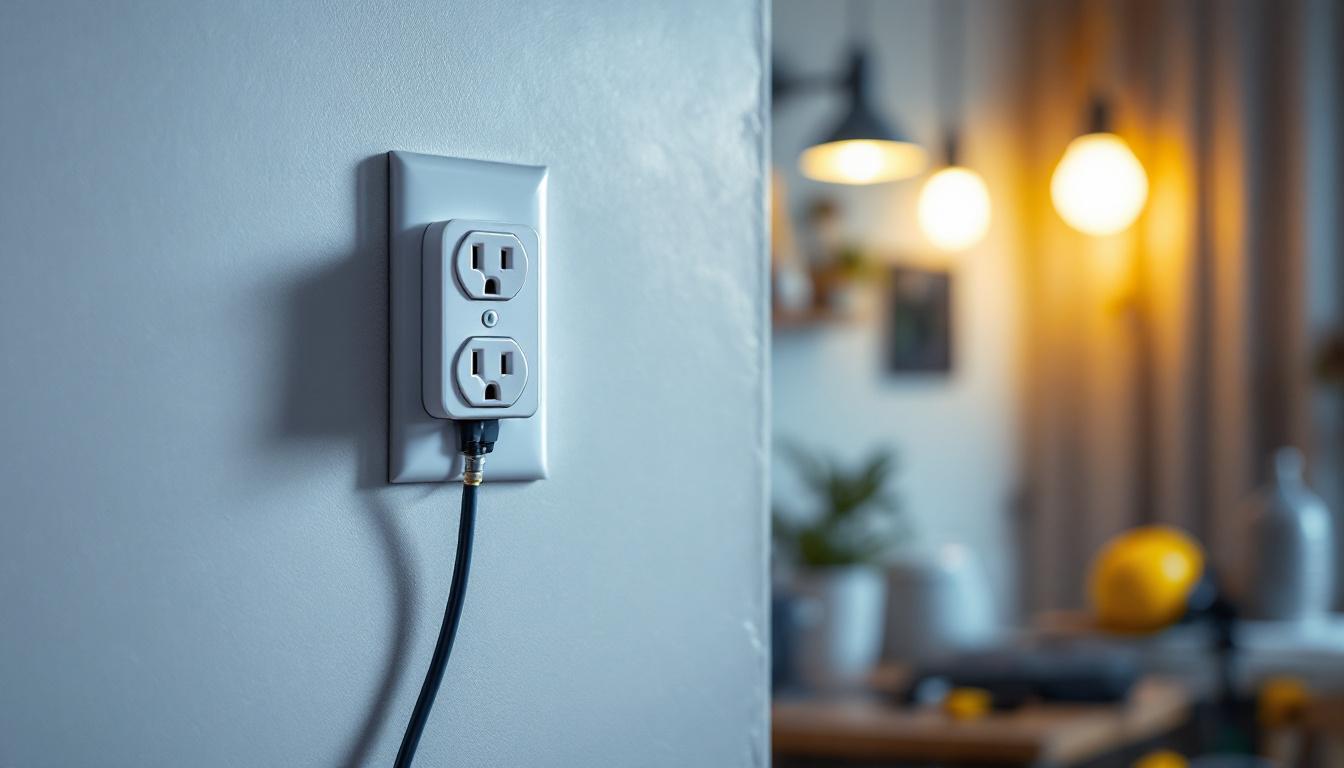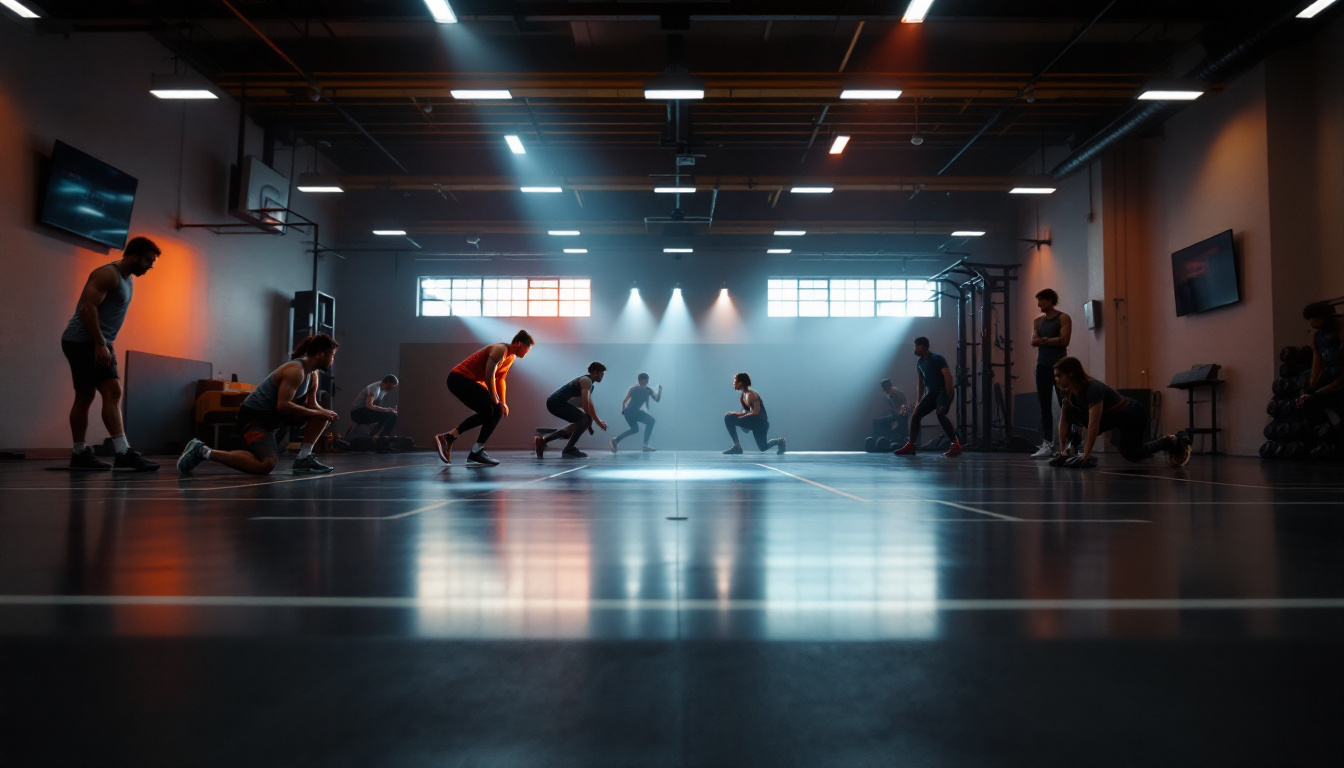
In the world of lighting design and installation, ceiling fan light kits represent a unique intersection of functionality and aesthetics. For lighting contractors, these kits can present a variety of challenges that require both technical knowledge and creativity. Understanding these challenges is essential for delivering quality installations that meet client expectations and adhere to safety standards.
Before delving into the challenges, it’s important to grasp what ceiling fan light kits entail. These kits typically include a light fixture that can be integrated with a ceiling fan, providing both illumination and airflow. The combination of these two elements can enhance the comfort and ambiance of a room, making them a popular choice among homeowners. In addition to their functional benefits, ceiling fan light kits can also serve as a focal point in a room, adding style and character to the overall decor.
A typical ceiling fan light kit consists of several components, including the light fixture, mounting hardware, and wiring. The light fixture can vary widely in design, from traditional to contemporary styles, allowing for versatility in matching the homeowner’s decor. Additionally, the wiring must be compatible with both the fan and the light fixture, which can sometimes complicate installations. Choosing the right wattage and bulb type is also crucial, as it can affect the brightness and energy efficiency of the lighting.
Moreover, some kits come with remote control options, which add another layer of complexity. The contractor must ensure that the remote is properly programmed and that all components work seamlessly together. This requires a thorough understanding of the electrical systems involved and the specific requirements of each kit. Furthermore, many modern ceiling fan light kits now incorporate smart technology, enabling homeowners to control their lighting and fan speeds via smartphone apps or voice commands, enhancing convenience and energy management.
Installing a ceiling fan light kit is not as simple as it may seem. Several challenges can arise during the installation process, including structural issues, electrical compatibility, and aesthetic considerations. Each of these factors can significantly impact the overall success of the project. For instance, older homes may have outdated wiring that does not meet the current electrical codes, necessitating upgrades that can complicate and prolong the installation process.
Additionally, ensuring that the ceiling fan is securely mounted is essential for safety and functionality. This may involve reinforcing the ceiling structure or using specialized mounting brackets. Aesthetic considerations also play a significant role; the placement of the fan and light kit must not only provide adequate illumination but also complement the room’s design. Homeowners often find themselves weighing the pros and cons of various styles and finishes, striving to achieve a cohesive look that enhances their living space. Ultimately, careful planning and consideration of all these factors are key to a successful installation that meets both functional and aesthetic needs.
One of the most common challenges faced by lighting contractors is ensuring electrical compatibility between the ceiling fan and the light kit. Not all ceiling fans are designed to accommodate light kits, and even when they are, the electrical wiring must be suitable for the additional load.
Before installation, contractors must assess the existing wiring in the home. This includes checking for the correct voltage and ensuring that the circuit can handle the additional load of the light fixture. If the wiring is outdated or insufficient, it may require an upgrade, which can add time and cost to the project.
Furthermore, the location of the electrical box is crucial. If the existing box is not rated for ceiling fans, it may need to be replaced with a more robust option that can support both the fan and the light kit. This step is vital for ensuring safety and compliance with local building codes. Additionally, contractors should also be aware of the type of wiring used; for instance, older homes may have aluminum wiring, which can pose its own set of challenges, including increased resistance and potential fire risks if not properly managed.
Each light fixture has specific load requirements that must be adhered to. Contractors must carefully calculate the total wattage of the light kit and ensure that it does not exceed the maximum load capacity of the fan’s motor. Failure to do so can lead to overheating and potential fire hazards, making this a critical aspect of the installation process.
In addition to wattage, it is also important to consider the type of bulbs being used. LED bulbs, for example, consume significantly less power than traditional incandescent bulbs, which can allow for more flexibility in design and installation. However, not all ceiling fans are compatible with dimmable LED bulbs, so contractors must ensure that the entire system is compatible to avoid flickering or buzzing noises. Understanding these nuances can help contractors provide better solutions tailored to the homeowner’s needs, ensuring a safe and aesthetically pleasing installation.
Beyond electrical compatibility, structural considerations play a significant role in the successful installation of ceiling fan light kits. The physical placement of the fan and light fixture must be carefully planned to ensure stability and functionality.
Ceiling height is a primary factor in determining the appropriate placement of a ceiling fan. Ideally, fans should be installed at least seven feet above the floor to ensure safety and optimal airflow. In rooms with low ceilings, flush-mount fans may be necessary to avoid headroom issues.
Additionally, the placement of the light fixture must be considered. It should provide adequate illumination without creating glare or shadows. This often requires careful positioning in relation to the fan blades, which can obstruct light and diminish its effectiveness.
The weight of the ceiling fan and light kit must be properly supported to prevent sagging or detachment over time. This may involve reinforcing the ceiling structure or using specialized mounting brackets designed for heavy fixtures. Ensuring that the installation is secure not only enhances safety but also extends the lifespan of the fixtures.
While functionality is paramount, aesthetics also play a crucial role in the installation of ceiling fan light kits. Homeowners often have specific design preferences, and meeting these expectations can be challenging for contractors.
Ceiling fan light kits come in a myriad of styles, from traditional to modern, and selecting the right one can be daunting. Contractors must consider the overall design of the room, including color schemes, furniture styles, and existing lighting fixtures. A well-chosen light kit can enhance the room’s decor, while a poorly matched one can detract from it.
Moreover, contractors must also consider the finish of the light kit. Whether it’s brushed nickel, oil-rubbed bronze, or a more contemporary finish, the choice can significantly impact the room’s aesthetic. This requires a keen eye for design and an understanding of current trends in home decor.
Another aesthetic challenge is balancing the need for adequate lighting with the functionality of the ceiling fan. The light fixture must provide sufficient illumination without overpowering the fan’s design. This often requires careful consideration of the light bulb types and wattages used, as well as the placement of the fixture itself.
Effective communication with clients is essential for lighting contractors, particularly when it comes to ceiling fan light kits. Misunderstandings can lead to dissatisfaction and, ultimately, project failure.
Contractors should take the time to discuss the project in detail with clients, outlining what is possible and what limitations may exist. This includes discussing the compatibility of the chosen light kit with the existing ceiling fan and any structural or electrical challenges that may arise.
By setting realistic expectations from the outset, contractors can help clients make informed decisions and avoid disappointment later in the project. This transparency fosters trust and can lead to positive referrals and repeat business.
Once the installation is complete, educating clients on the maintenance of their ceiling fan light kit is crucial. This includes guidance on changing light bulbs, cleaning the fixtures, and troubleshooting common issues. Providing this information not only enhances the client’s experience but also helps ensure the longevity of the installation.
Safety is paramount in any electrical installation, and ceiling fan light kits are no exception. Contractors must adhere to safety protocols to protect both themselves and their clients.
Every region has specific building codes and regulations governing electrical installations. Contractors must be familiar with these codes to ensure compliance and avoid potential legal issues. This includes understanding the requirements for wiring, mounting, and load capacities.
Failure to adhere to these regulations can result in fines, liability issues, and safety hazards. Therefore, staying informed about local codes is an essential part of a contractor’s responsibilities.
In addition to understanding regulations, contractors should implement safety protocols during installation. This includes using appropriate personal protective equipment (PPE), ensuring that the power is turned off before beginning work, and using tools safely and correctly. These practices not only protect the contractor but also ensure a safe working environment for clients and their families.
Ceiling fan light kits present a unique set of challenges for lighting contractors, from electrical compatibility and structural considerations to aesthetic choices and client communication. By understanding these challenges and addressing them proactively, contractors can deliver high-quality installations that meet client expectations and adhere to safety standards.
Ultimately, the successful installation of ceiling fan light kits requires a blend of technical knowledge, design sensibility, and effective communication. By honing these skills, lighting contractors can enhance their reputation and build lasting relationships with clients, paving the way for future projects in the ever-evolving world of lighting design.
Ready to tackle your next ceiling fan light kit project with confidence? At LumenWholesale, we provide lighting contractors like you with the highest quality, spec-grade lighting products at unbeatable wholesale prices. Say goodbye to local distributor markups and hello to superior lighting solutions that meet the highest industry standards. With our hassle-free bulk buying and free shipping, you can stock up on reliable, high-performance lighting for all your installations. Elevate your lighting game and ensure every project shines with Wholesale Lighting at the Best Value. Shop now and experience the LumenWholesale difference!

Discover how Sylvania Lightbulbs can enhance your business profitability with our comprehensive guide tailored for lighting contractors.

Explore the fascinating journey of T12 bulbs and their transformative impact on the lighting industry.

Discover the essentials of using a 4-way outlet in lighting projects with our comprehensive guide tailored for lighting contractors.

Discover innovative strategies and cutting-edge technologies that smart lighting contractors use to transform gymnasium environments.